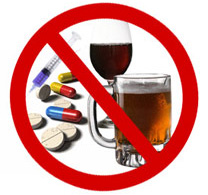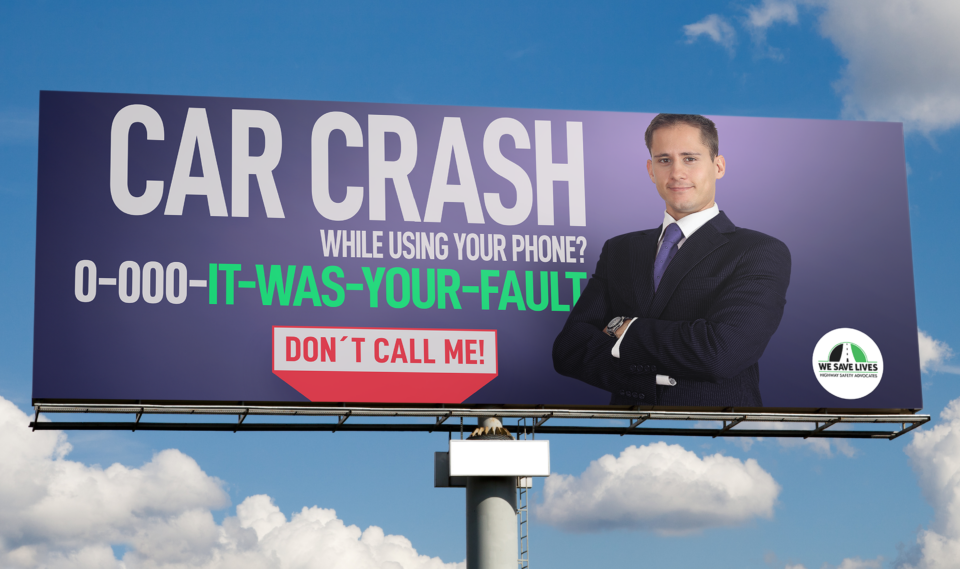- WE SAVE LIVES
- info@wesavelives.org

Support We Save Lives While Shopping For Mother’s Day Gifts
May 1, 2017
Utah’s new Drunk Driving Law Is An Unhelpful Distraction: Lowering the BAC to .05 Is Not Good Policy
June 20, 2017By: Edward C. Wood, DUID Victim Voices, Candace Lightner, Founder MADD and We Save Lives, and Stephen K. Talpins, Institute for Behavior and Health
Recently, the Governor’s Highway Safety Association (GHSA) and Foundation for Advancing Alcohol Responsibility (FAAR) released an important report highlighting the need to address drugged driving. Jim Hedlund, one of the world’s leading traffic safety experts, authored the report. Hedlund highlighted the burgeoning problem, noting that the most recently available Federal data showed that a higher percentage of fatally injured drivers with known test results tested positive for drugs than alcohol. Unfortunately, some people seem to think that recognizing the impact of drugged driving somehow diminishes the significance of alcohol-impaired driving. Nothing could be further from the truth. The reality is that impaired driving is impaired driving, regardless of the substance involved. When people are being killed on our nation’s highways at an unconscionable rate by both alcohol and drug-impaired drivers, there simply is no reason to bicker over who poses the biggest threat. This is akin to arguing whether it’s worse to die from heart disease or cancer. It’s an unnecessary diversion that undermines all efforts to address the problem.
Further, as any substance abuse treatment provider could attest, many impaired drivers abuse both alcohol and drugs. So why argue about whether alcohol or drug impaired driving is worse when we need to address them both?
Regardless, the personal attacks and suggestion that Hedlund somehow “sold out” because FAAR, a group funded by the nation’s leading distilled spirits companies paid for it, is repugnant. Hedlund’s qualifications and commitment to traffic safety are beyond reproach. Notably, no one has produced any evidence that his calculations were incorrect and with good reason: they are entirely accurate.
 Of course, we would all like more comprehensive data on drugged driving. That is why we support initiatives such as mandatory testing of all (surviving and deceased) drivers involved in crashes that result in death or serious bodily injuries, drug testing of all drivers arrested for DUI, and separate DUI alcohol and DUID statute citation numbers. Not being able to distinguish drug-impaired from alcohol-impaired driving arrests in state records significantly impedes the States’ ability to assess the extent of drug-impaired driving and evaluate the impact of countermeasures. So while we are waiting for the “perfect” data that in reality may never come, we still need to address an issue that is killing and injuring thousands of people on our highways each year. We urge all advocates for traffic safety to stop bickering over the relative importance of alcohol and drug impaired driving and to work together to stop dangerous driving.
Of course, we would all like more comprehensive data on drugged driving. That is why we support initiatives such as mandatory testing of all (surviving and deceased) drivers involved in crashes that result in death or serious bodily injuries, drug testing of all drivers arrested for DUI, and separate DUI alcohol and DUID statute citation numbers. Not being able to distinguish drug-impaired from alcohol-impaired driving arrests in state records significantly impedes the States’ ability to assess the extent of drug-impaired driving and evaluate the impact of countermeasures. So while we are waiting for the “perfect” data that in reality may never come, we still need to address an issue that is killing and injuring thousands of people on our highways each year. We urge all advocates for traffic safety to stop bickering over the relative importance of alcohol and drug impaired driving and to work together to stop dangerous driving.




